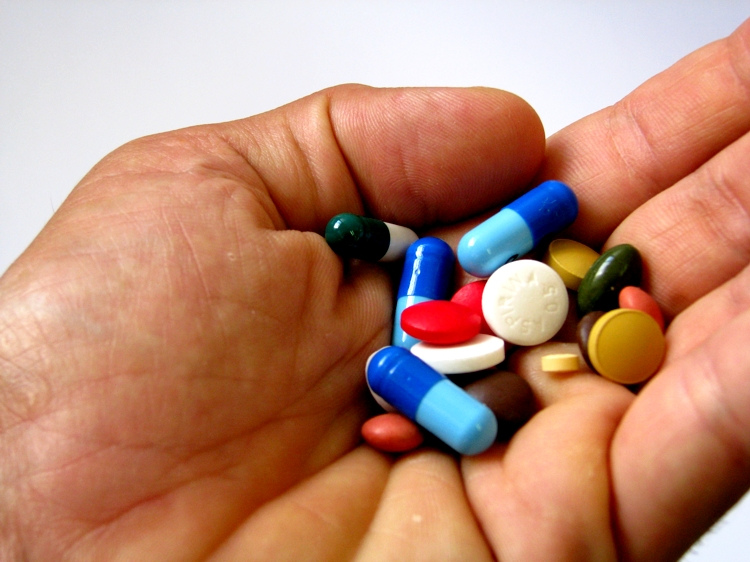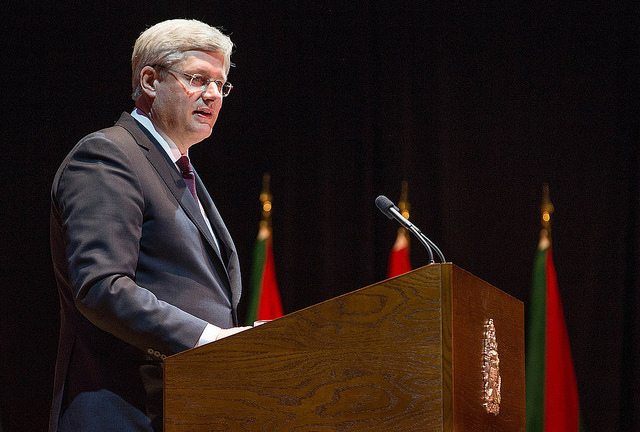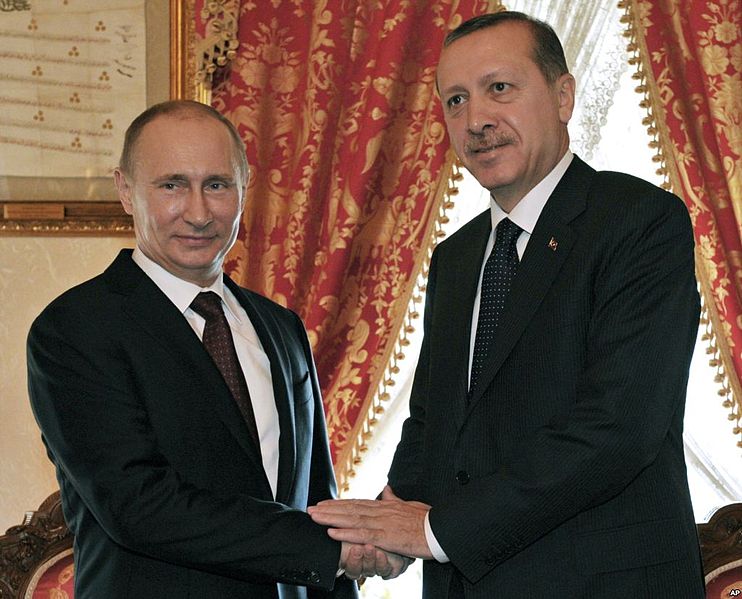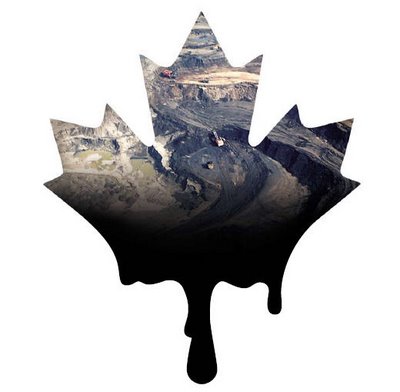As drug prices for cancer and other life saving medications continue to rise to exorbitant levels, pharmaceutical companies are coming under pressure to justify their prices by disclosing how much they spend on research, production, and marketing. The pharmaceutical sector has a long history of secrecy, especially when it comes to the pricing of its products and “the whole system is a black box” in which the consumers have very little ability to understand what a fair price constitutes.
The U.S. has begun conducting criminal antitrust investigations into the generic-drug industry and several states have filed “transparency” legislation that would give the public, insurers, and governments access to pharmaceutical companies financial information and thereby gain a rationale for the costs of drugs. Many experts believe that drug companies simply charge what the market will bear, which is reflected in the wide range of drug costs found in different countries.
Of times it appears, the price of new drugs are set in comparison to rival drugs already on the market, and usually a bit higher. A director of one multiple sclerosis drug stated “we all look at each other and keep pace with each other,” and “honestly, there is no science to it.” While drug development can be risky, the pharmaceutical and biotech industries remain among the most profitable sectors and actually spend only a small fraction of their revenues on truly innovative research.
Representatives of the pharmaceutical industry, say such transparency legislation would dampen incentives and have a negative impact on innovation for companies as “it would send a signal that risk-taking would not be rewarded”
Only about 12 percent of drugs tested in people reach the market as most fail during the development stages, and so companies argue that it is misleading to look only at the cost of developing a particular drug, while ignoring the high costs of failure in the industry. A 2014 report from the Tufts Center for the Study of Drug Development, which gets funding from the pharmaceutical industry, concluded that it costs $2.6 billion to bring a new drug to market. That includes the cost of failures and almost half the figure is opportunity cost, the amount a company might have earned if it had invested money elsewhere. It is also argued that drugs represent just 10 to 12 percent of health care costs and some drugs, for instance, can save money for the health system over all by keeping people out of the hospital.
The rising costs of cancer care are unsustainable, with costs estimated to increase to $158 billion by 2020, up from $125 billion in 2010. The first $1-million drug claim landed on insurers’ desks in 2009, and now industry estimates indicate that about 60 per cent of new drugs in the pipeline are high-cost specialty products. These so-called “specialty” drugs are designed for subgroups of patients, often targeted at individuals who have specific genetic traits, relatively uncommon disorders or chronic conditions. In the late 1990s, there was the ‘blockbuster drug’ boom with medications such as Lipitor and Viagra, aimed at common ailments, which now have low cost generic versions as many of the patents expire. Pharmaceutical companies today are focused on specialty drugs, that last year accounted for just 2 per cent of the total number of drug claims, but 26.5 percent of money spent. The drug Soliris, a breakthrough and potentially lifesaving treatment for two rare blood diseases, is the most striking example, with the yearly cost per patient in Canada as much as $700,000. This is even more than the manufacturer charges in the United States, which typically has the steepest prices globally.
Canada already has some of the highest prescription drug prices in the world, and with a growing population of seniors and improved screening processes, there will be even more stress. The Pan-Canadian Pharmaceutical Alliance was formed by the provinces and territories in 2010 to co-ordinate bulk buying and reduce costs for publicly funded drug programs. Health Minister Rona Ambrose said this system has been effective, but Canadians continue to pay some of the “highest costs for prescription drugs in the world.” Many countries aggressively negotiate on a national level with the pharmaceutical companies and have been successful in reducing the costs of certain drugs. Canada needs to engage in these negotiations as in the case of the blockbuster drug Lipitor, which in Canada costs at least $811 for a years supply, is just $15 a year in New Zealand. This dramatic price difference is owing to the fact that in New Zealand, a public authority negotiates prices on behalf of the entire country. The sharp divide also supports criticisms of the pharmaceutical industry in arbitrarily setting drug prices simply based on what people are willing to pay.
Canada is the only country with a universal health care system that does not also cover the cost of prescription medicine. Pharmacare 2020: The Future of Drug Coverage in Canada report argues that a national pharmacare program would not only ensure that all Canadians have access to drugs they need, but also save money by purchasing through a single national buyer. Canada’s current multi player system is not cost effective but rather a hodgepodge of private plans, federal, provincial, and territorial systems that in the end leave many paying out of pocket.
High prices are forcing many to avoid filling prescriptions, risking aggravated illness, which is a troubling gap in our health system. As a society we need to start the discussion and acknowledge that there is a tipping point and an upper limit to how much we can afford to pay for health care.




